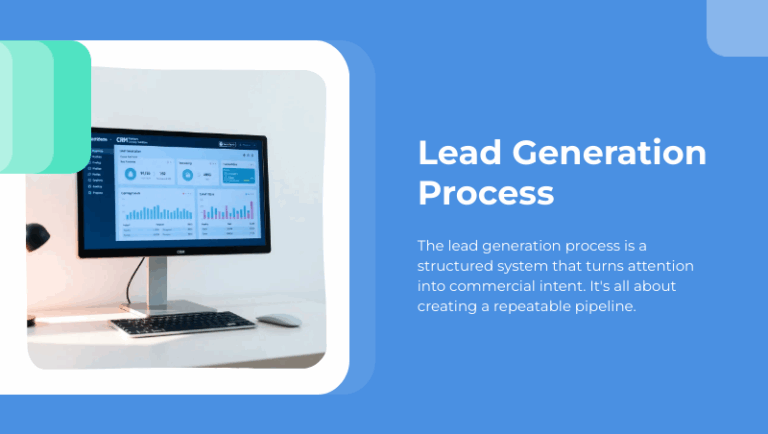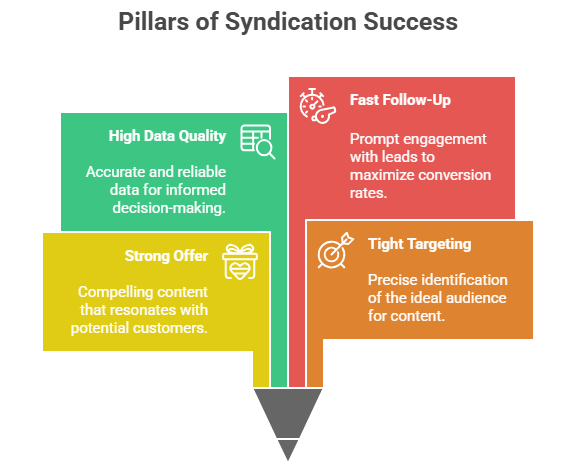I’ve used Datanyze as an indicator of market share and customer retention among software companies in the marketing automation sector. However, before readers draw too many conclusions, a few caveats about the data are in order.
First, Datanyze tracks over 18 million sites, which seems like a big enough number. But keep in mind, there are nearly 900 million websites. So even the Datanyze Universe represents just a small fraction of total active sites. Nonetheless, I believe the 18 million covers an overwhelming portion of total commercial websites that would have the budget to invest in marketing automation.
Next, the data tracks websites—not customers—so market share headlines should be viewed with some skepticism. A company that installs marketing automation tracking code may put it on single site, or on dozens or even hundreds. That said, as a sanity check, I compared the marketing automation websites tracked by Datanyze with the actual number of customers for several vendors and found the ratio to be within a range of 2.5 – 3.5 to 1.
Example: Datanyze shows about 33 thousand websites using Hubspot. The company said it had 10,195 customers at or near year-end 2013. That ratio is 3:1 websites per customer—a reasonable and believable number.
Also note that adds and drops of websites may not reflect customer turnover but rather just existing customers adding and changing the websites they track.
There’s also a degree of fuzziness in the data.
The most significant source of fuzziness in the data may be the use of trials. Since trials frequently don’t convert to sales, vendors that offer free trials (Marketo, for example) may tend to show more adds and drops than those who don’t (Pardot, for example). This can skew the numbers.
Another consideration is that some vendors offer a variety of versions, not all of which should be considered as marketing automation tools. For example, Hubspot has a ‘basic’ package that includes email marketing and website tracking but not the more salient features of marketing automation such as lead scoring and automated lead nurturing. Nonetheless, these packages will be counted by Datanyze as part of Hubspot’s totals.
The last caveat is that in order to identify software packages used, Datanyze analyzes the underlying software code, but there is certainly no foolproof way to find this code and to associate it with a particular vendor. Nonetheless, the company believes they catch the overwhelming majority of instances.
Caveats and fuzziness aside, the changes in tracked websites over the course of several months or quarters provide valuable insights into which vendors are winning and losing in the marketplace.
© Reach Marketing LLC 2015 All Rights Reserved.



